Color-blocking is now the zestiest and juiciest trend and is all the craze this season. It is one of those styles that has been popular throughout history and will continue to be.
Although this striking, daring look has been popular for a while, it is constantly being updated. Using contrasting colors to draw attention is elegant, whether done gently or dramatically.

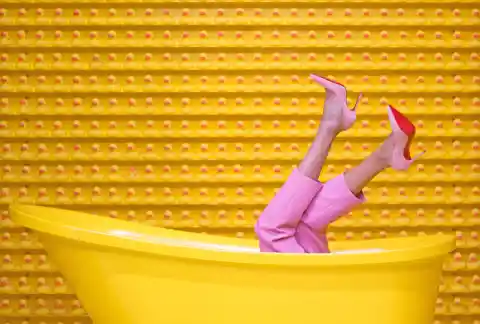
So ride on this hot trend this year. And don't worry, if you are not aware of this styling, we have your back.
Read along to find out everything you need to know about this trend.
What is Color blocking?
Color blocking is a fashion trend in which apparel and accessories are created in solid color blocks. The color scheme creates a powerful and striking appearance. Although the exact genesis of color blocking is still disputed, Mondrian's artwork helped the idea become widely accepted, earning him the title of inventor. He was such an important figure in the movement that Yves Saint Laurent built the whole Fall/Winter 1965–1966 fashion collection on his creations.
The golden guideline for designing color-blocked outfits is to choose the proper mix. Here is when a color wheel comes in handy. What exactly is a color wheel? A color wheel is a diagram that divides the whole color spectrum into groups and arranges them in a circle.
The color wheel may assist your designers in knowing the links among different colors and how they work well together. For instance, complimentary colors are those that are next to each other on the color wheel and, when combined, may provide a strong contrast.
On the other hand, colors that are near each other on the color wheel are thought of as similar and can provide a gradient effect.
How to Create Color Block Outfits
Basically, color blocking is wearing pieces in blocks of colors that "match" or create a striking contrast.
Here are a few tips that will help you with color blocking:
Color theory is your best friend when it comes to color blocking and doing it comfortably and cohesively. Remember your first art courses when you used the color wheel? That's all you need to do to achieve a nice color-blocking style.
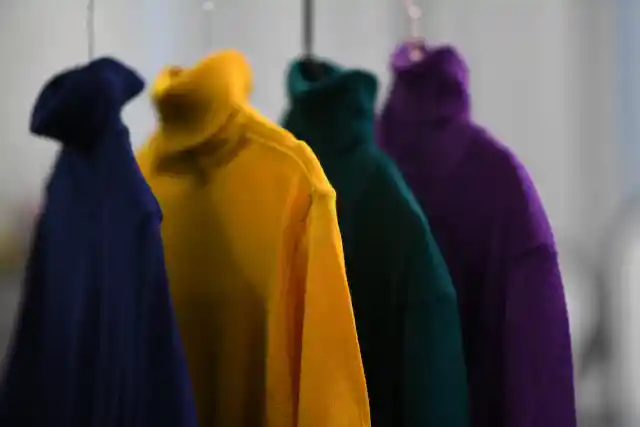
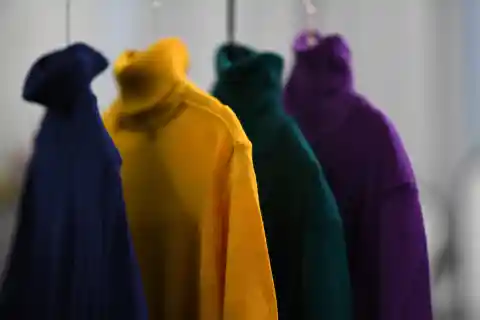
Try to limit your color selection to no more than two or three. Most of the time, people only wear two colors, but occasionally a third is added to make an accent or balance the other colors.
Prints and patterns may also be effective for color blocking, which is often done with solid-colored clothing. Make sure that a bright color is the one that dominates. The print or pattern should ideally be in that color, a brighter or darker shade of it, the opposite of the color you're using, or neutrals.
Neutrals can be involved to draw lines, harmonize an ensemble, or create the appearance of even greater contrast. Neutrals, especially black and white, can still be used to create powerful color-blocking ensembles, but the effect is less striking.
Types of Color blocking
The most important part of a color-blocking strategy is selecting your color themes. These fashion essentials will be helpful when you put together a stunning selection of color-blocking outfits.
Monochromatic
Using several tones and textures of the same hue is known as monochromatic color blocking. For instance, you can wear a light blue denim jacket with a dark blue pair of thin pants and a pair of light blue shoes.
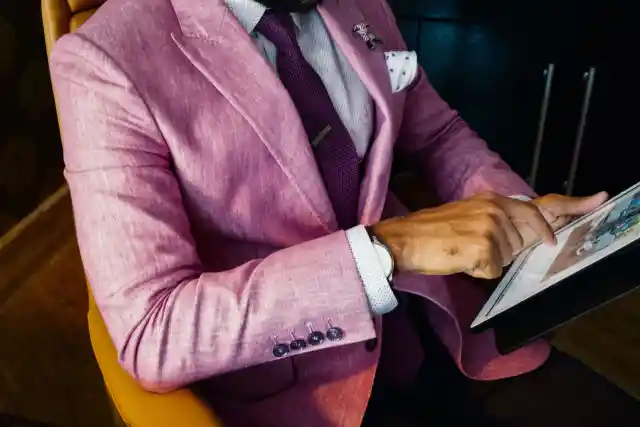

The denim and shoes offer texture and intrigue, while the multiple shades give the outfit a professional and coordinated appearance. This outfit is ideal for a laid-back day at the park, doing errands, or weekend activities.
It displays your understanding of color theory as well as your desire to experiment with various tints and textures of the same hue. The multiple colors will give your appearance depth and dimension.
Complementary
Complementary colors are two-color combinations that neutralize one another when combined or blended. These colors produce the most contrast when combined, as seen in the world of fashion. As they are directly opposite one another on the color wheel, they are sometimes referred to as opposing colors.
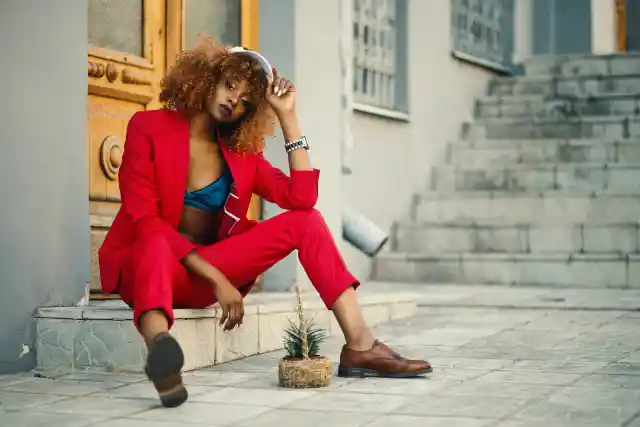
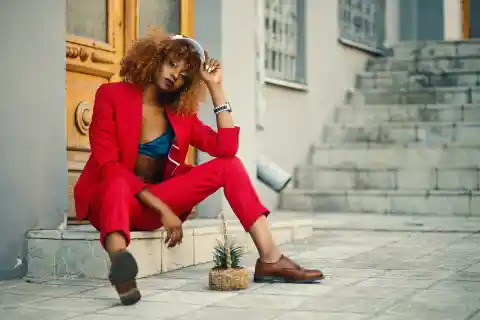
Red and green, yellow and purple, and blue and orange are three of the most significant complimentary color combinations.
Analogous colors
Analogous colors are sets of colors that are adjacent to the color wheel. There isn't enough contrast in these color schemes. Red, orange, and yellow, for instance, are comparable, as are the shades and tones that fall between them.
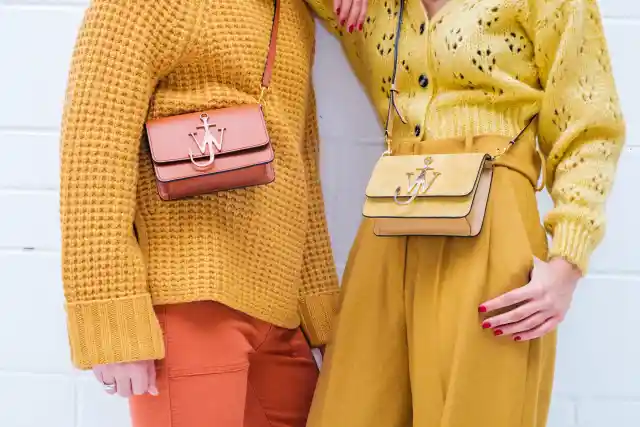
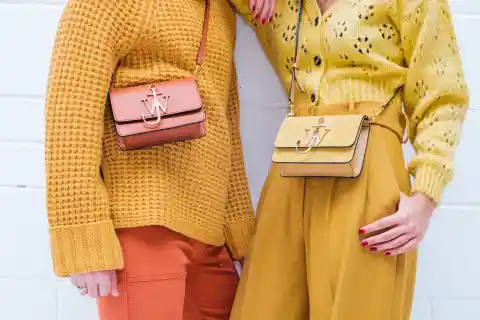
This kind of pairing is what we mean when we talk about "warm colors" and "cool colors." Although it's the simplest method, there are other ways to dissect them as well.
Tridaic
The triadic approach entails choosing colors from the color wheel that are equally spaced apart. A bright, vivid design that is ideal for a foggy day may be created by mixing triangle-shaped colors, such as yellow, red, and blue.
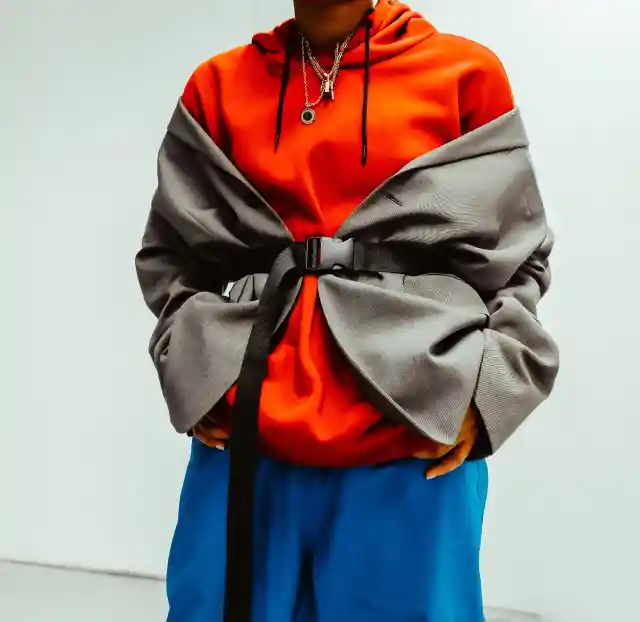
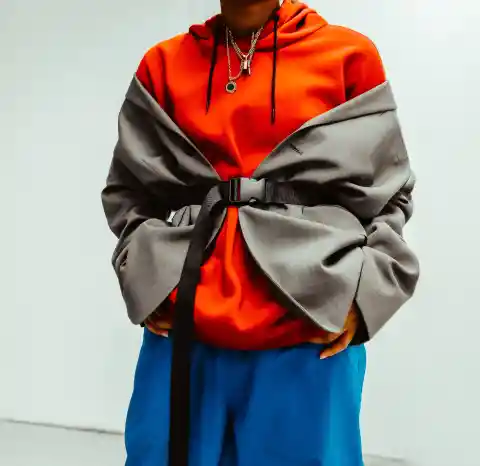
To draw attention to the triadic color scheme, you may also add a neutral-colored handbag or pocketbook in beige or gray. This outfit is ideal for a formal occasion or special function. It demonstrates your mastery of color theory and your desire to experiment with fashion.